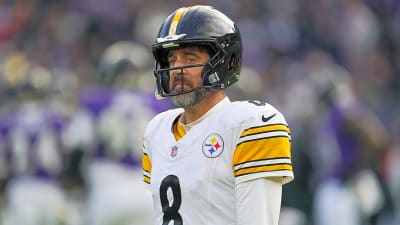
Brendan Rodgers broke camp with the Astros after signing a minor league contract in February. The deal comes with a $2MM base salary, but it’s apparently not fully guaranteed. Chandler Rome of The Athletic reports that Rodgers agreed to an advance consent clause: one which allows a team to release a veteran player within the first 45 days of the regular season and get out from under the remainder of the contract.
Most of the time, a player’s base salary will become fully guaranteed once the team selects their minor league deal. Players who have over five years of service time, as Rodgers does, also generally have the right to refuse any optional assignments to the minors. However, the collective bargaining agreement permits teams and players who have five-plus service years to agree to the advance consent provision — giving the team extra flexibility for a month and a half to determine whether they want to keep that player. Teams cannot use the advance consent clause to release players because of injury, but they can do so for any other reason within the first 45 days.
It’s obviously not an ideal situation for the player. It’s nevertheless fairly common for teams to seek advance consent clauses for veterans who sign late in the offseason and have little leverage. Ken Rosenthal and Patrick Mooney of The Athletic wrote in early March that some clubs were seeking advance consent provisions in negotiations with the handful of starting pitchers (e.g. Lance Lynn, Kyle Gibson) who had remained unsigned into Spring Training, for instance.
Rodgers was non-tendered by the Rockies and found himself limited to minor league offers in the final week of February. He didn’t have a great Spring Training, hitting .233/.250/.349 without a home run in 44 plate appearances. Rodgers would have been able to opt out of his minor league deal at the end of camp if the Astros didn’t call him up. They did so but evidently worked in the clause to give themselves the flexibility to get out of the deal if he didn’t perform well early in the season. They also built in the ability to option him to Triple-A, though Ari Alexander of KPRC 2 reported last month that Rodgers can opt out on May 1 and/or June 1 if he’s not on the 26-man active roster.
While a $2MM base salary isn’t much by MLB standards, the Astros are up against a luxury tax line they’ve had little interest in crossing. RosterResource estimates their CBT number around $238MM, about $3MM below the base threshold. That includes Rodgers’ $2MM salary. Money added via in-season waiver claims or trades would count towards the CBT calculation. That puts more emphasis on even relatively light investments that the front office makes. That’s presumably part of the reason they made Ben Gamel’s $1MM base salary conditional on him making the team out of Spring Training (which he did not do).
The clause puts more pressure on Rodgers to perform well in the early going. He has started five of the first seven games at second base. (Primary left fielder Jose Altuve and utilityman Mauricio Dubón have each made one start apiece at the keystone.) A three-hit game on Thursday pushed Rodgers to 5-16 (.313) on the year. He has drawn a pair of walks while striking out four times. An RBI double off Louie Varland today was his first extra-base hit of the season. The former third overall pick hit .267/.314/.407 with 13 homers through 539 plate appearances for the Rockies last year.
More must-reads:
- Merrill Kelly opts to return to Diamondbacks after a half season with Rangers
- NFL Week 15 panic meter: Lions, Packers losing hope
- The 'AL and NL MVPs since 2000' quiz
Breaking News
Trending News
Customize Your Newsletter
 +
+
Get the latest news and rumors, customized to your favorite sports and teams. Emailed daily. Always free!








